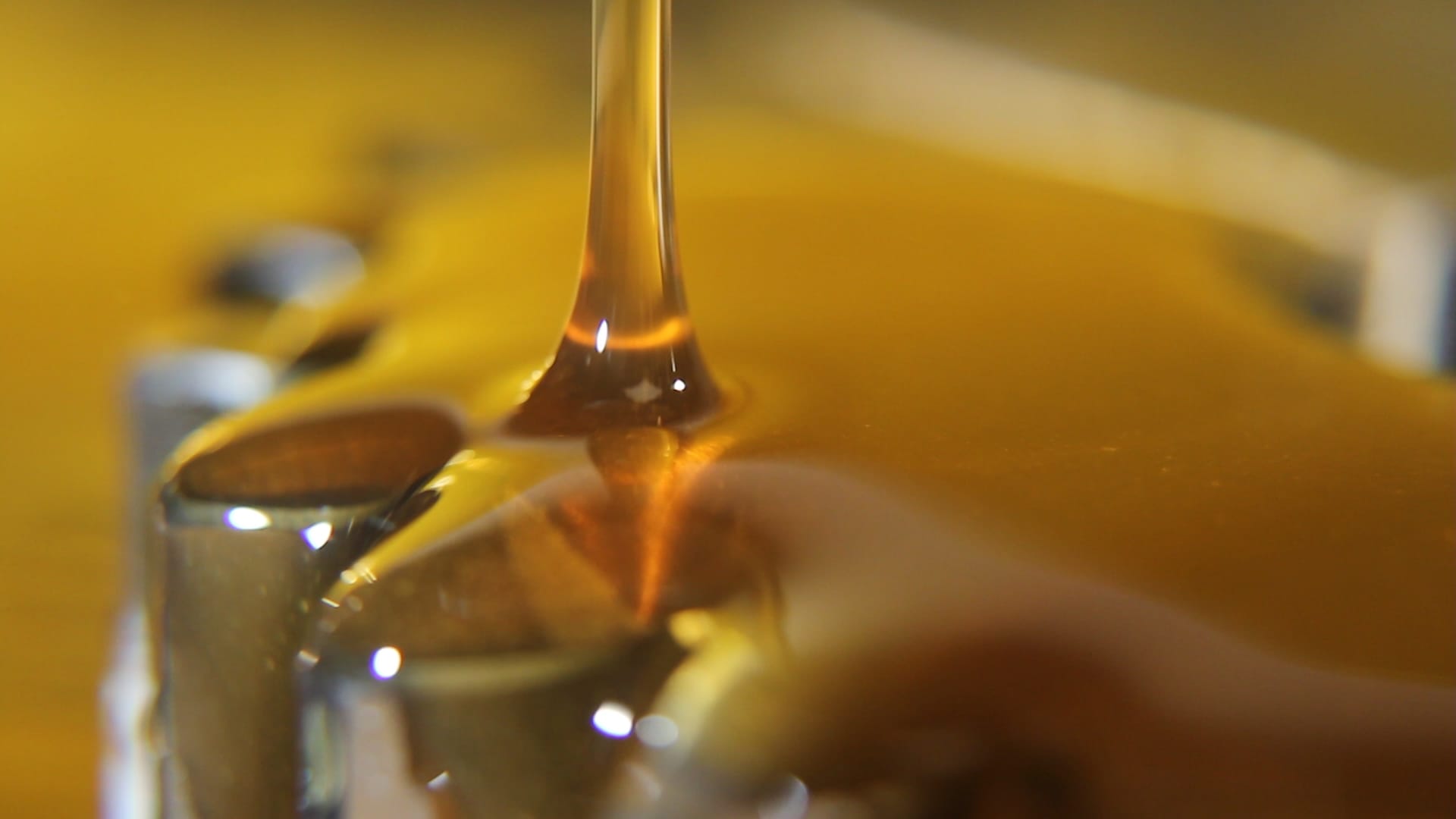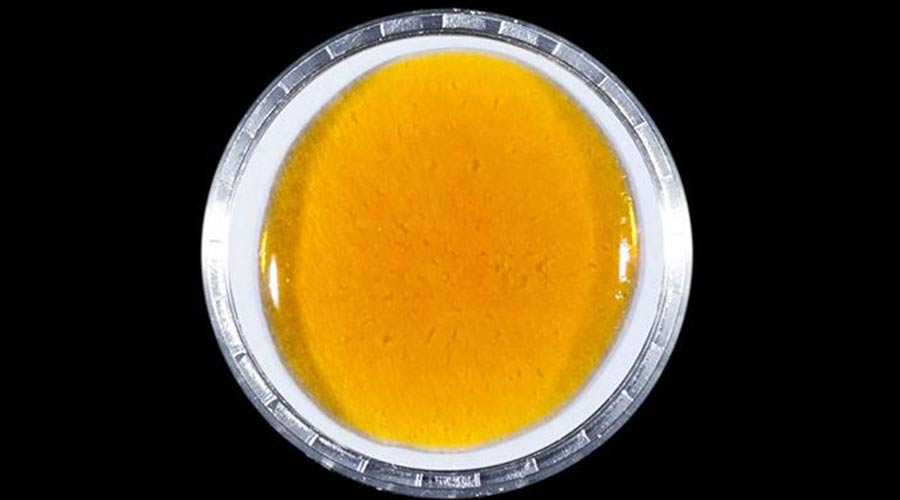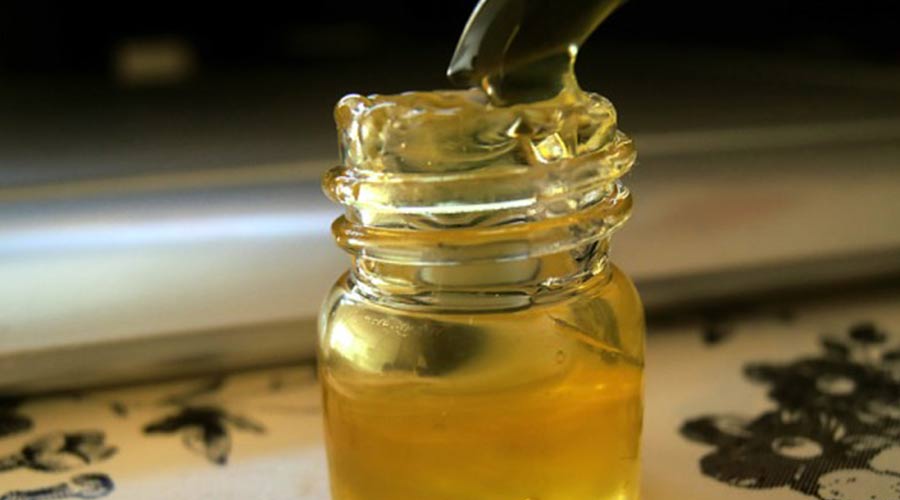Hash oil comes in many forms, all of them popular. Sometimes these marijuana concentrates are high in THC, sometimes low; sometimes high in CBD, sometimes less so.
But the biggest difference between one batch of oil (aka wax, shatter, honey oil) and another is how they’re made. Some methods are more common than others, and some are safer. If you’re going to make hash oil at home, it’s important that you research whatever method you choose, lest you make terrible oil – or explode your house.
This article will explain the basics of CO2 extraction, a method of making hash oil using carbon dioxide (CO2). Unlike butane oil (bho) and oil made with rubbing alcohol (isopropyl), CO2 oil is safe to extract and use.
Chemical extraction methods, including CO2 wax extraction, require liquid solvents. The solvents – sometimes butane, sometimes alcohol, sometimes other chemicals – are used to strip potent cannabis resin off the plant. The resulting liquid is then boiled to evaporate what remains of the solvent.
What is CO2 oil?
CO2 oil is made using carbon dioxide (CO2) instead of butane, alcohol, or other solvents. The end result is safer, healthier, and tastier, even if CO2 hash oil is harder to make.
CO2 extraction is an ideal manufacturing method because carbon dioxide is present everywhere in the Earth’s atmosphere. When you inhale, your body converts oxygen to CO2, which you then exhale. The CO2 in turn keeps plants alive, and they re-convert it into the oxygen that we breathe.

CO2 extraction produces cleaner, tastier and healthier cannabis oil.
How to make CO2 oil
The process is rather complicated and requires good weed, a CO2 extractor, and a CO2 extraction machine. The process is technically known as “supercritical fluid extraction,” and it uses the CO2 extraction equipment to freeze and compress CO2 gas into a cold, “supercritical” liquid state.
This liquid is passed through the best pot you can find, stripping the resin and the chemicals it contains, including THC, CBD, and terpenes. Finally, pressure on the CO2 liquid reverts it to gas, which then evaporates, leaving your finished CO2 oil behind.
Why CO2 extraction?
Among other benefits, this method will help scientists isolate and identify as-yet unknown cannabinoids (chemicals responsible for the effects of pot smoking) and how they interact with other cannabinoids, a process known as the “entourage effect.” This means CO2 oil could unlock new medical uses for marijuana.

Also, CO2 hash oil can be custom-designed for a better high, a better aroma, and greater medical value. CO2 extraction equipment can be very, very expensive, not to mention hard to get your hands on outside of Colorado or other states where cannabis is legal. But as with any DIY project, there are cost-saving techniques that could help you make great hash oil, bankruptcy-free.
DIY CO2 extraction method: dry ice
Here’s a basic guide to homemade CO2 extraction. First you’ll need the following:
- Up to 3 pounds of dry ice. This provides the carbon dioxide that strips resin from the cannabis plant.
- Up to 6 ounces of high-quality ground marijuana. Scale the amount of weed you use to the amount of dry ice, and vice versa.
- 3 micron mesh bags: one 73 microns, one 160 microns, and one 220 microns. These bags are used to strain the liquid CO2/cannabis mix and remove solid bud.
- One five-gallon plastic bucket (food-grade). This is where you will mix your weed and dry ice (CO2).
- Heat-resistant gloves to handle the dry ice.
- A razor blade, putty knife, paint scraper, or other flat edge to collect kief.
- 3 mason jars, where you will store the kief.
- A large mirror or piece of rectangle of plexiglass.
Once you have gathered your supplies, follow these steps to CO2 extraction:
- Always wear gloves before starting. Dry ice burns!
- Place your ground pot in the bucket.
- Cover the weed with the corresponding amount of dry ice.
- Fit the 73-micron mesh bag over the top of the bucket and shake the contents for four minutes, until the dry ice effectively freezes the resin on the surface of the bud.
- Flip the bucket upside down over the mirror or plexiglass and shake the bucket to strain the cold, powdery resin through the bag. Shake until no more powder passes through the bag.
- Scrape the powder, or kief, from the glass or plexiglass into the glass mason jars.
- Now repeat steps 4-6, but use the 160-micron or 220-micron bags to sift multiple grades of CO2. Your end product should be cleaner, safer, and better-tasting than when it’s made by other methods.
CO2 wax extraction leads to high-grade concentrate that can be smoked, vaped, or baked into edibles. Whether high in THC, CBD, or both, CO2 cannabis extracts are highly effective at treating numerous medical conditions, from seizures and cancer to glaucoma and multiple sclerosis.

CO2 oil made using Pineapple Express.
Safety precautions
CO2 hash oil is mostly safe to make, certainly safer than using butane or high-proof alcohol. But there are certain safety precautions you should always take when dealing with dry ice.
- Always wear gloves when touching dry ice. Direct contact can cause painful freezer burn. Never put dry ice in your mouth.
- Store the dry ice in a thick Styrofoam cooler. Do not place it in an airtight container, as pressure will build until it explodes.
- We naturally inhale carbon dioxide, but breathing too much of it causes death by suffocation. Use CO2 extraction equipment in a well-ventilated area to prevent CO2 from building to dangerous levels.
- Don’t dispose of dry ice in the garbage or by pouring it directly down the drain. Simply leave it in a well-ventilated area until it warms, converts into gaseous CO2, and dissipates into the atmosphere.
So there you have it; all you need to know about CO2 extraction and oil. You can find more useful guides and information about dabbing and concentrates in our ‘Dabbing Resources‘ section.


Leave A Comment